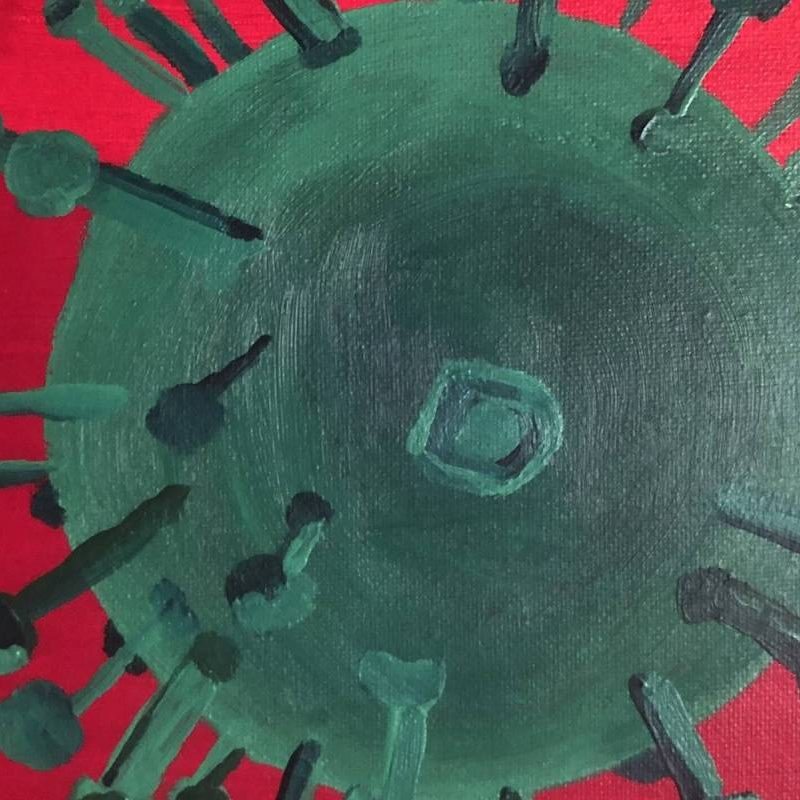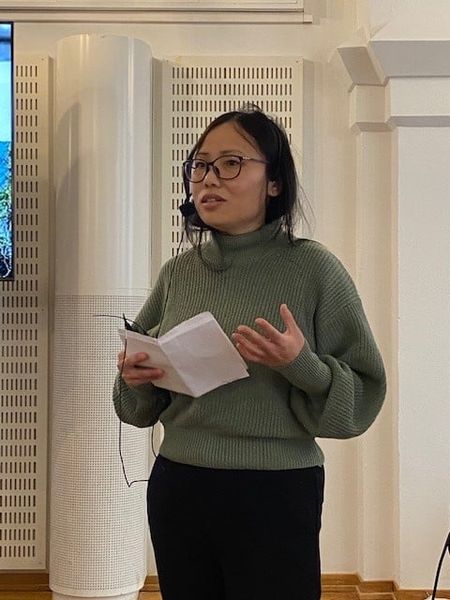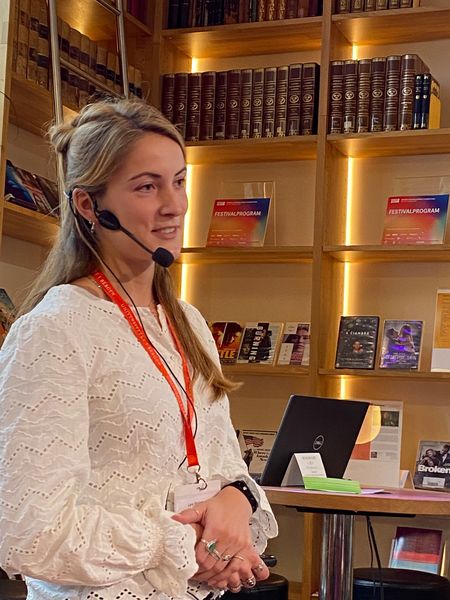New paper in collaboration with other Norwegian & Swedish colleagues
We at PANSOC have been a co-author with other Nordic colleagues writing about the impact of COVID-19 on mortality in Norway and Sweden 2020-22.
The lead author, Per Henrik Zahl, has been interviewed about the paper in Aftenposten: Forskere mener koronatiltak kostet 133 millioner kroner for hvert sparte liv (aftenposten.no)
You can read the paper full here: Mortality in Norway and Sweden during the COVID-19 pandemic 2020 – 22: A comparative study – ScienceDirect
Background
Norway and Sweden picked two different ways to mitigate the dissemination of the SARS-CoV-2 virus. Norway introduced the strictest lockdown in Europe with strict border controls and intense virus tracking of all local outbreaks while Sweden did not. That resulted in 477 COVID-19 deaths (Norway) and 9737 (Sweden) in 2020, respectively.
Methods
Weekly number of COVID-19 related deaths and total deaths for 2020-22 were collected as well as weekly number of deaths for 2015-19 which were used as controls when calculating excess mortality. During the first 12-18 months with high rate of virus transmission in the society, excess mortality rates were used as substitute for COVID-19 deaths. When excess mortality rates later turned negative because of mortality displacement, COVID-19 deaths adjusted for bias due to overreporting were used.
esults
There were 17521 COVID-19 deaths in Sweden and 4272 in Norway in the study period. The rate ratio (RR) of COVID-19 related deaths in Sweden vs. Norway to the end of week 43, 2022, was 2.11 (95% CI 2.05-2.19). RR of COVID-19 related deaths vs. excess number of deaths were 2.5 (Sweden) and 1.3 (Norway), respectively. RR of COVID-19 deaths in Sweden vs. Norway after adjusting for mortality displacement and lockdown, was 1.35 (95% CI 1.31-1.39), corresponding to saving 2025 life in Norway. If including all deaths in 2022, RR=1.28 (95% CI 1.24-1.31).
Conclusions
Both COVID-19 related mortality and excess mortality rates are biased estimates. When adjusting for bias, mortality differences declined over time to about 30% higher mortality in Sweden after 30 months with pandemics and at the cost of 12 million € per prevented death in Norway.





